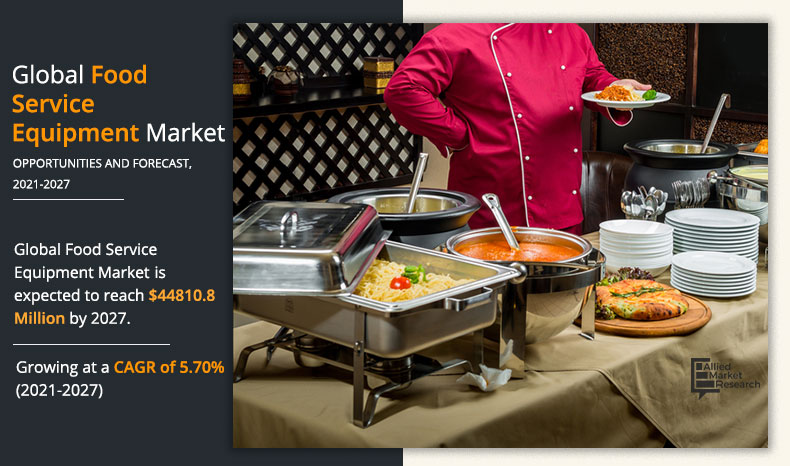The future of food service is ever-changing. From manufacturers to operators are taking a leap of faith and adopting new technologies including the cloud and the internet of things (IoT). As the latest technologies hit the market, it offers a unique way to cope with the industry’s troubling challenges such as labor shortage and the need to do more but in a small space. Here are some of the major trends in the food service industry that you must be aware of.
Connected equipment
In today’s modern world, the word ‘connected’ refers to the utmost use of Wi-Fi and Bluetooth and taking the kitchen to the next level using such communication technologies. With the use of connected equipment, kitchen workers can get greater control and it allows the equipment to self-diagnose.
Connected equipment is a brilliant opportunity to help overcome the labor challenge, which is a major issue in the restaurant and hospitality business. The use of a multi-cook oven with a user-friendly design and interface and connectivity to a smartphone, and remote operability are some of the advantages that connected food service equipment offers. Some of the latest ovens require little or no operator training. With this oven, recipes are easily done with clear imagery and separate icons for easy reference. With such features, operators can focus on training their employees in more pressing areas.
Read More Info @ https://www.alliedmarketresearch.com/request-sample/1597
Rethinking kitchen space
Space for restaurant and food service equipment has been going through some revolutions. As restaurant kitchens have become smaller and smaller, so have their equipment. Manufacturers have downsized equipment to fit in a smaller space. This is a trend that has been going on for several years now and advancements in engineering have brought new space-saving solutions to the market.
Food equipment companies are rethinking the size and sophistication of foodservice equipment and aim to use every square inch at its maximum potential. The developments in engineering are fueling the need to find space-saving solutions. This has resulted in the development of multi-cook ovens that can cook up to four or even six food items at once, at different fan speeds, temperatures, and cook times.
Over the years, the trend of open kitchens has gained attention. Thus, manufacturers are focusing on how their equipment looks and whether they are aesthetically pleasing. Moreover, manufacturers are focused on improving the looks of food service equipment to boost front-of-the-house impulse sales. Manufacturers now offer equipment with any color and customization to their customers to improve their brand.
On-site composting and recycling bins
Food wastage is a major concern across the globe. Even food service equipment manufacturers are set to reduce food wastage as a significant portion of food purchased is discarded before it reaches the customer. Thus, food equipment manufacturers are pushing for reducing food wastage by making it a standard operating procedure. Moreover, the use of on-site composting and recycling bins has gained traction as they are part of the solution to the food wastage issue.
Trend of grab-and-go
The trend of action stations and open kitchens is on the rise. Thus, several restaurant owners now demand equipment that supports grab-and-go culture. The need for steamers that cook oatmeal and eggs and bean-to-cup coffee makers can take care of the breakfast crowd. Whereas, mobile soup stations and self-cleaning buffet equipment offer flexibility to restaurant owners.
Automation in food service equipment
People expect customization, convenience, and personalization. This includes a customized dining experience. The foodservice industry is now being transformed with automation technology. The installation of kiosks and touchscreens at major fast-food chains is just the beginning. The use of chatbots and artificial intelligence (AI) driven technologies have entered the food industry to make it easier to take orders from multiple platforms and mediums.
The next step is using automation for online reservation systems and using the smart interface to take orders. Guests can order and pay without waiting for servers. On the other hand, the more customers use their technology, the more restaurants can know about their choices and preferences through the data collected on them.
Overall the food service equipment sector has been under a major revolution. For a long period, the food industry is suffering from a labor shortage, less available space, and food wastage. These are major issues that need to be addressed and with advanced technologies, it is possible to combat such issues without compromising the guest experience and their demands. According to Allied Market Research, the global food service equipment market is expected to reach $44.81 billion by 2027, growing at a CAGR of 5.7% from 2021 to 2027. The increase in the food service industry and the rise in preference for quick-service restaurants drive the market growth. Smart technology would continue to improve the food service industry and its equipment in the future surely.




